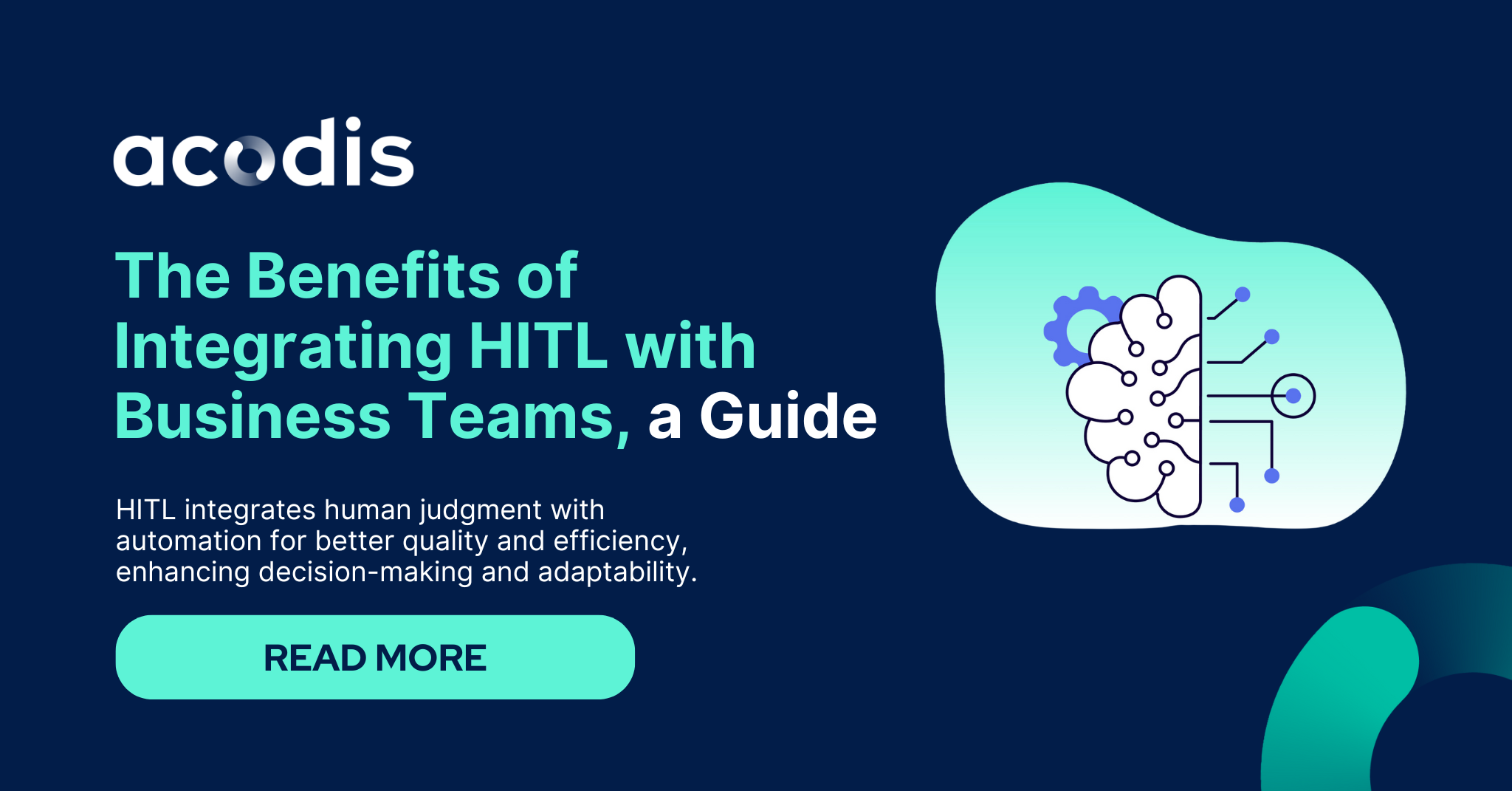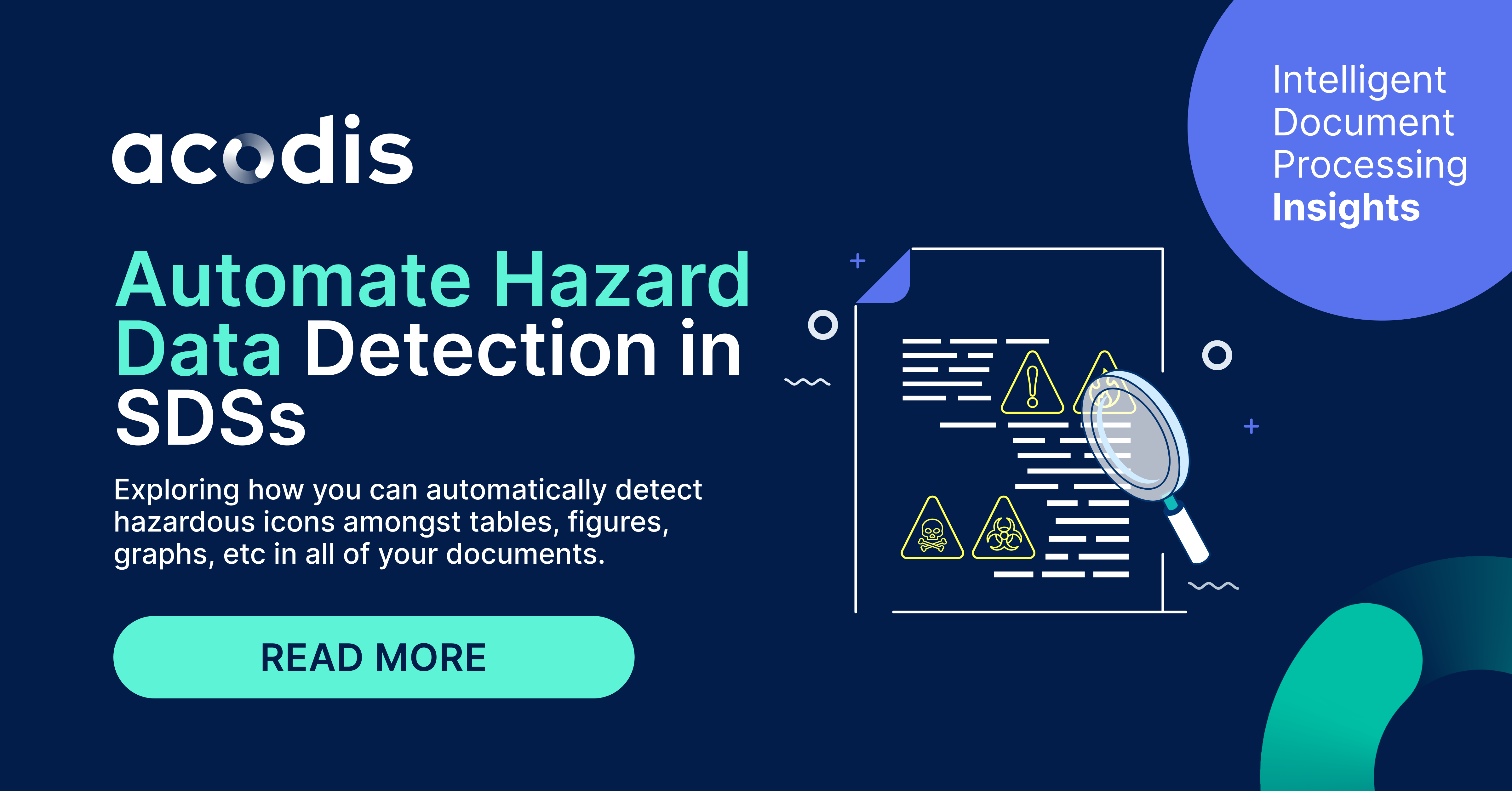Intelligent Document Processing (IDP) is an AI-powered technology that transforms unstructured and semi-structured information from documents into structured, machine-readable data. It is often the case that IDP combines AI and optical character recognition (OCR) to process data in the fastest and most accurate way possible.
Every business process contains documents, and approximately 80% of the data in those documents is trapped or hidden. IDP is essential for any business that wants to succeed since it allows them to understand their data better – and helps them make enhanced business decisions.
Table of Content:
- What is Intelligent Document Processing (IDP)?
- How does Intelligent Document Processing work?
- Advantages of Intelligent Document Processing
- How is Intelligent Document Processing different from OCR?
- How quickly can you implement Intelligent Document Processing?
- Intelligent Document Processing FAQs
The average office worker goes through more than 10,000 document pages per year, with 45% of that amount being useless after a single day. Furthermore, the typical employee spends 30-40% of their time looking for snippets of data or a specific document.
While these pain points are obvious to some companies, most businesses have a hard time properly digitising their data to make it easily accessible and machine-readable. And no… scanning a document and converting it to a PDF is not the way to go.
But the truth is, most businesses do adopt the scan, copy/paste, convert to PDF methods – but most will end up on Google searching for ways to extract data from PDFs quickly. Sadly, these ways are costly, time-consuming, and error-prone since humans aren’t perfect well-oiled machines. But thanks to intelligent document processing (IDP), these processes can be fully optimised for any business seeking to up their game: increasing accuracy, speed and significantly reducing errors.
Furthermore, with IDP, extracted data can be easily integrated into other business systems – such as RPA, ERP, or CRM from almost every type of vendor.
What is Intelligent Document Processing (IDP)?
Intelligent Document Processing (IDP) is a data processing software powered by AI and (often) OCR. The software can intelligently automate the processing of any unstructured / semi-structured data from documents.
How does IDP work?
Document classification:
IDP can understand data and patterns on a document and classifies them into various document types. For example, if a document analysed by the system has the word "insurance" repeated several times, the software can detect that it's likely handling an insurance policy. Document classification is a tiresome process when done by humans, which is why IDP can be an excellent long-term solution.
Data extraction:
After documents are classified, IDP automatically extracts relevant data points from them. Each company's data points are different depending on what they want to capture from their document sets. To do this accurately, a human will usually need to give the system a large sample base so that the software can learn how to extract data from them.
Data validation:
Finally, the system will validate all the extracted data, ensuring accuracy and consistency. Human-in-the-loop can often accompany this process, and a human can ultimately define and redefine what the system should validate.
Schedule a meeting with one of our document solution experts.
Advantages of IDP
IDP is an effective solution for companies who struggle with heavy back-office processes – and ultimately want to streamline their tasks. Some of the advantages of IDP include the following:
Speed:
Humans are great, but we get tired quickly – especially when we undergo monotonous tasks. IDP doesn’t get tired like we do and can work around the clock by automating the process of data entry, data extraction, all while ensuring high accuracy.
Accuracy:
IDP uses intelligent validation techniques and significantly decreases the chance of data error – which otherwise would be a regular occurrence if a human would manually takeover.
Cost efficiency:
The software mitigates high costs that are usually involved with error-rectification and penalties caused by non-compliance. It also takes a lot less time to complete data processes than a team member, meaning that employees can focus their attention on other duties.
Easier to retrieve document data:
The average employee uses 30-40% of their time searching for data or specific documents. With IDP, the software allows team members from any department or office location to find data easily and quickly.
Time better spent for team members:
Thanks to the automation from IDP, team members can redirect their focus on higher-value tasks and decision-making that can create positive snowball effects for the company.
How is IDP different from OCR?
OCR merely transcribes a document, leaving you with a text representation of the scanned image, but does not provide further information about what the document is about or the actual data points. This is all they need for some companies; great, but for most, this is not enough to fulfil their data extraction goals.
On the other hand, IDP combines AI and OCR to transcribe documents in a way that can be automated and is built to identify relevant business data from a document.
How quickly can you implement IDP?
Most people expect a complex and lengthy integration of software that involves a form of AI, but it’s quite the opposite. IDP can be implemented into any system very quickly, often without needing the help of IT specialists.
Intelligent Document Processing FAQs
Which technologies are/can be applied to IDP?
Optical Character Recognition (OCR): An OCR engine can recognise and convert (simple) handwritten and printed characters into a digital format.
Machine Learning (ML): A technology that continues to learn over time how to extract data from a data set. ML understands data like a human does (to an extent).
Human-in-the-loop (HITL): Humans can intervene in data processing to create a continuous feedback loop – allowing the software to evolve continuously.
Why is IDP becoming popular for businesses?
Organisations have moved their focus from “how to collect data” to “how to leverage data” – and since most businesses struggle with properly capturing and extracting their data, they turn to IDP to automate this process without needing to compromise on accuracy, cost, or speed.
To integrate IDP into my business, do I need a team of IT experts?
Not at all. IDP software is quick and straightforward to integrate with existing systems and doesn’t need experts to completely take over the onboarding process.
Learn how Acodis IDP can be leveraged in streamlining your own document processes.
Get in touch with one of our document solution experts, and let’s discuss how we can help you.






